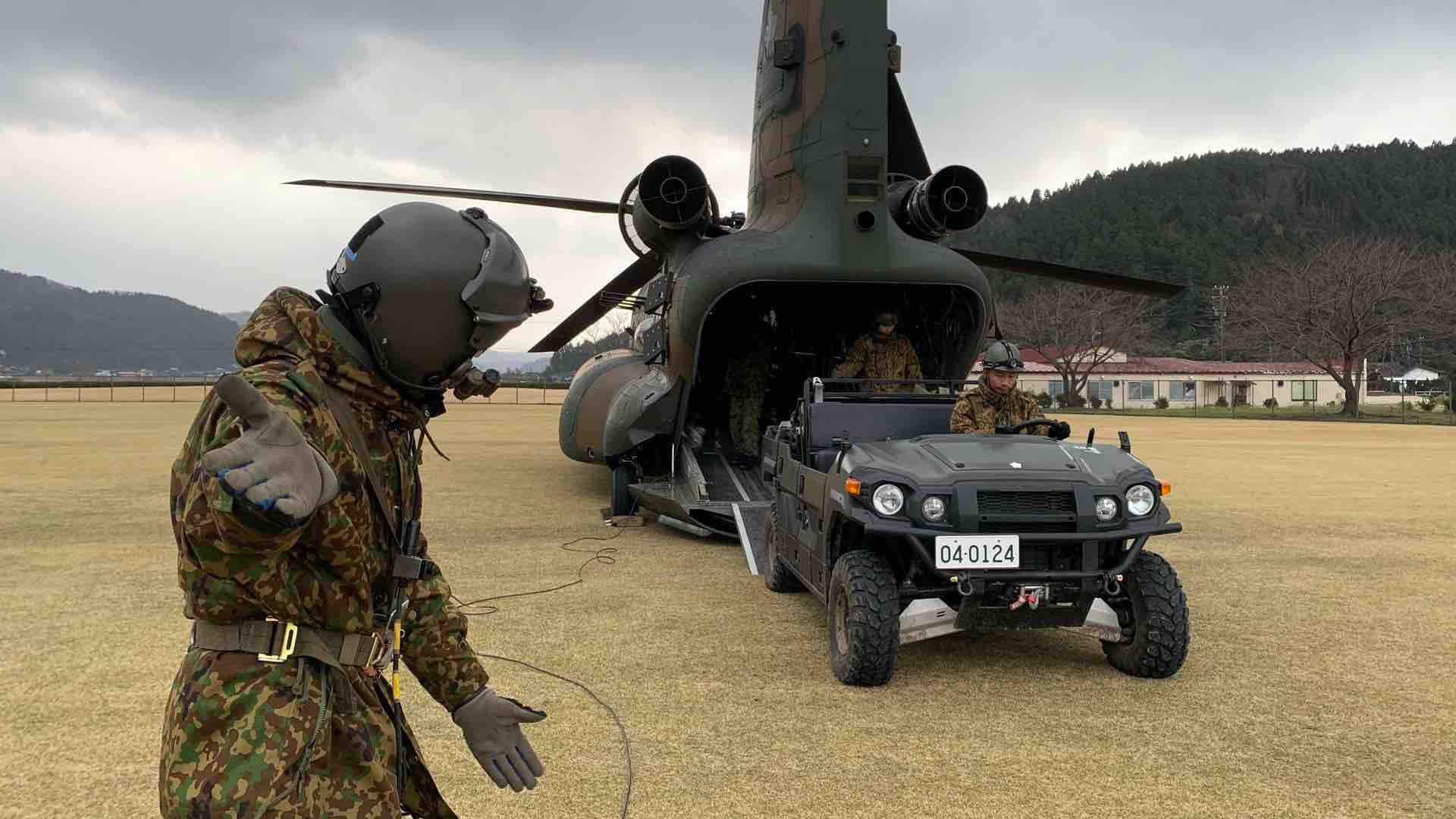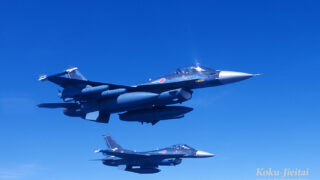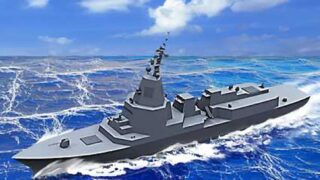Repurposed Kawasaki MULE
The Japanese Ground Self-Defense Force (JGSDF) has recently introduced a new lightweight vehicle called the “General Purpose Light Mobile Vehicle.”
The vehicle is basically a modified version of Kawasaki’s Multi-Use Light Equipment (MULE) – A compact four-wheel buggy developed for farms and ranches.
- General Overview
| Mass | 0.5t |
| Length | 3.45m (11.3ft) |
| Width | 1.61m (5.3ft) |
| Height | 1.95m (6.4ft) |
| Crew | 5 people |
| Speed | 72km/h (44.7mph) |
| Unit Price | 100,000 USD |
Being an enhanced golf-cart, it has excellent mobility for traversing rough terrain, which is instrumental for transporting supplies regardless of topography.
The vehicle is being used by the Amphibious Rapid Deployment Brigade, the Japanese marine unit established in 2018, as it can be airlifted by the V-22 Ospreys.
Since the brigade is tasked with island defense, it heavily relies on the Ospreys for rapid deployment, but most JGSDF vehicles including the Toyota Mega Cruisers are unable to fit inside.
Thus, the Japanese marines consider the Kawasaki MULE as one of the key assets to achieve their mission.
Highly Regarded By JGSDF
Despite its modest appearance, the vehicle can accommodate up to five people or 0.5 ton of cargo. It can also be used to tow equipment as heavy as 0.9 ton, living up to its original name (MULE).
The military variant has undergone some modifications, such as featuring an OD green color and special hooks for securing it inside the Osprey. Moreover, as the original MULE was designed to be used on private farms, not for public roads, the JGSDF version had to add some signals and mirrors to comply with Japanese legal standards.
The initial six units arrived in 2018 and gradually expanded their numbers, though they remain yet to be officially adopted by the Defense Ministry.
Although few in number and still in the evaluation phase, the vehicle demonstrated its capabilities during the Noto Peninsula earthquake in January 2024.
 Airlifted by a CH-47J helicopter (photo: JGSDF)
Airlifted by a CH-47J helicopter (photo: JGSDF)
Its compact size and off-road capability allowed it to navigate areas inaccessible to other military vehicles, delivering supplies to isolated regions and rescuing stranded civilians.
Such performance in overcoming the rough terrain has certainly earned a lot of praise, obviously lifting its status closer to official introduction.
Lacks Any Protection
However, the vehicle lacks any protection, as it is nothing more than a reinforced golf cart.
It offers zero protection against enemy fire or shell fragments, completely exposing its passengers to the destructive nature of combat. Of course, such vulnerability is not something limited to the MULE, but rather a common predicament among other similar vehicles used by foreign armies.
We have seen the US Army employ these golf-cart type vehicles in the Middle East, as well as the Russia sending them into battle in Ukraine. Notably, the Russian ones have fallen prey to mines, artillery, and kamikaze drones, suffering heavy losses on the battlefield.
Considering the low survivability of the Russian variants, the golf-cart type vehicle’s effectiveness really depends on the “when” and “where” to deploy.
It is essentially a double-edge sword, either achieving swift deployment or resulting in catastrophic losses.














-320x180.jpg)






Comments